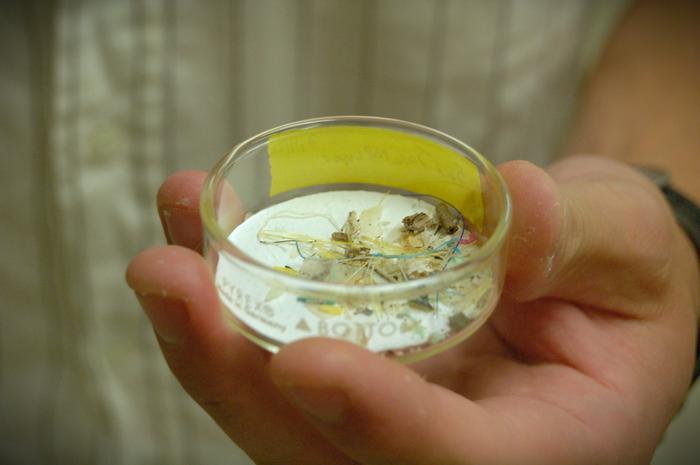Microplastics are being shot out into the coastal waters off Texas, polluting the ocean and the ecosystems around them, according to scientists.
Researchers say they are now trying to figure out where exactly the minuscule plastic particles may be heading from the Matagorda Bay on the Gulf of Mexico. The Bay is home to a plastics factory that reportedly agreed to pay $50 million to settle a lawsuit in which a judge ruled the company illegally dumped billions of plastic pellets and other pollutants into waterways.
“We as geoscientists are applying our understanding of sediment transport to understanding where these contaminated particles are being deposited or concentrating in these coastal systems,” William Bailey, a graduate student at the University of Texas at Austin explained in a statement. “We can figure out where particles might be routed.”
Bailey was the lead author of the findings, which were published Thursday in the journal Environmental Science & Technology.
The reach these conclusions, they took 122 samples of mud from the bottom of the bay and its surrounding inlets — but they didn’t find much. Most of the samples contained just tens to hundreds of thousands of microplastic particles for each kilogram of sediment, which is hundreds to thousands of times less than other bayside environments around the world.
This suggested that microplastics were being swept out to the wider Gulf of Mexico, absorbing chemicals from the environment and threatening marine life. Eventually, that threat will extend to humans.
The plastics’ low density and the bay’s windy conditions are partially why they are so easily swept out to sea. The authors said hurricanes were contributing to the distribution, constantly reworking sediment at the bottom of the bay.
Now, Bailey is using the data collected in his study to make a model for where the microplastics from the Matagorda Bay area may be heading.

There are trillions of microplastics in ocean waters across the world and hundreds of millions of tons of plastic are produced every year. Monitoring their spread is a step toward tackling this problem. Although they are already everywhere: in the air, in our water, and in our hearts and brains.
In the ocean, they attract and carry pollutants, as well as release chemicals into the water around them that were added to make the original plastic products they came from colorful or flexible.
“It’s good that the bay is not a microplastic dump or hotspot,” said study co-author Cornel Olariu, a research associate professor in the Jackson School’s Department of Earth and Planetary Sciences. “But the bad thing is they move around much easier than we thought … and they’re a threat to everything up to us.”







